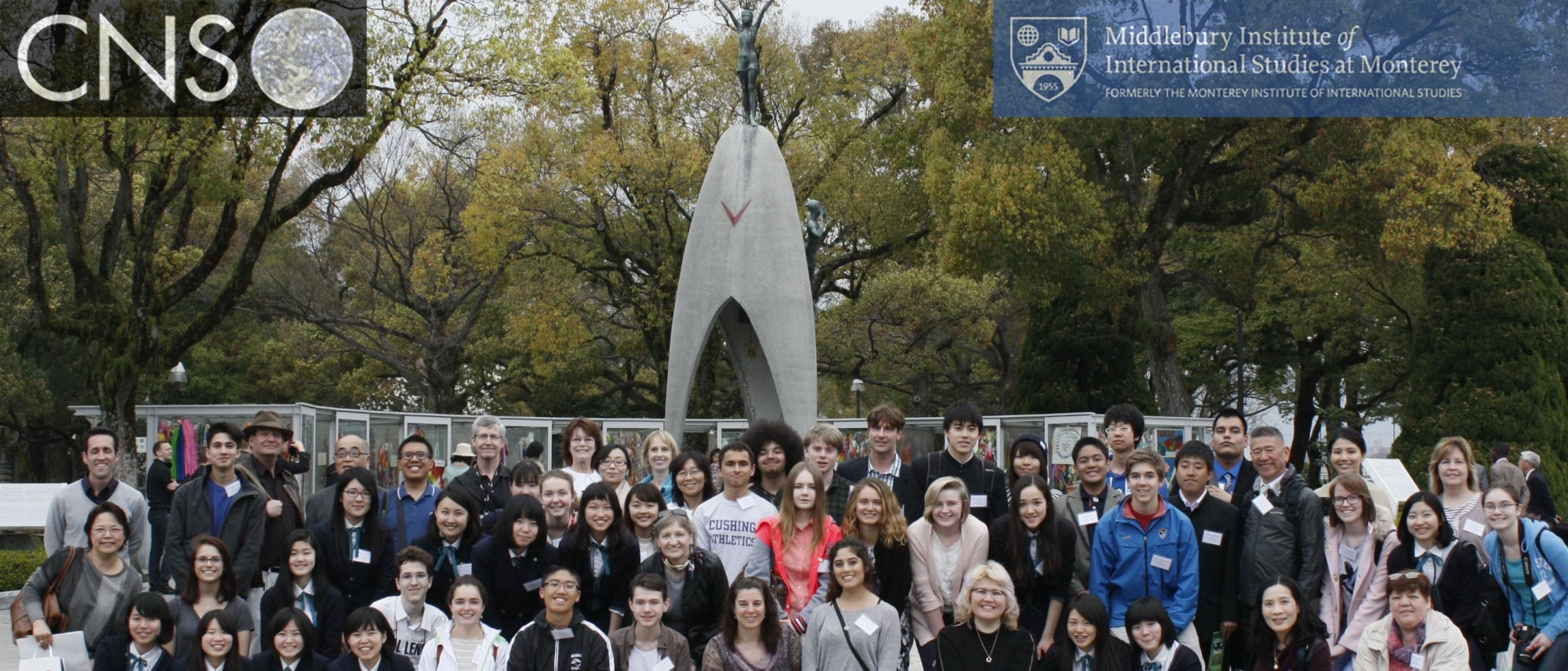-
Comprehensive overview of Weapons of Mass Destruction (WMD):
The Nuclear Threat Initiative (NTI) – in partnership with CNS- developed this set of educational tutorials to build understanding among a new generation of experts and leaders on these topics such as chemical, biological, nuclear weapons, nonproliferation, nuclear testing, missile technology, and more. The interactive tutorials include overviews of key issues, a glossary, maps, quizzes and more.
Table of Contents | Nuclear Threat Initiative (nti.org)
-
Resources for learning about disarmament:
The United Nations Office for Disarmament Affairs (UNODA) provides several resources on disarmament education. Their resources are available in various forms such as infographics, explainer videos, presentations, publications, podcasts, and films.
Disarmament Education (unoda.org)
-
Overviews of national nuclear, chemical, and biological, and missile programs and nonproliferation efforts:
Profiles of countries and other areas accompanied by in-depth explorations of WMD programs and associated facilities are available from the link below.
Countries and Areas – The Nuclear Threat Initiative (nti.org)
Answering the questions below should provide you with the foundational knowledge needed to discuss current nuclear issues. Please try to keep your answers brief, but feel free to elaborate on the details if you feel confident doing so. You will be able to find the answers by exploring the links provided with the question. The answers provided to teachers are some examples of possible solutions to the questions and students may find different ways to describe the correct answer.
[Science/Technology]
1. Name two fissile materials commonly used to produce nuclear energy in both nuclear reactors and nuclear weapons.
Resources:
Nuclear101 Module 1: Overview –The Nuclear Threat Initiative (nti.org)
What is Nuclear Energy? – whatisnuclear.com
Glossary –The Nuclear Threat Initiative (nti.org)
2019 CIF Teacher’s Workshop: Introduction to Nuclear Weapons & Effects (Part1)
2. Briefly describe a fission chain reaction.
Resources:
Nuclear101 Module 1: Overview –The Nuclear Threat Initiative (nti.org)
What is Nuclear Energy? – whatisnuclear.com
Glossary –The Nuclear Threat Initiative (nti.org)
2019 CIF Teacher’s Workshop: Introduction to Nuclear Weapons & Effects (Part1)
3. What are the dual-uses of nuclear materials?
Resources:
Nuclear101 Module 1: Overview –The Nuclear Threat Initiative (nti.org)
Glossary –The Nuclear Threat Initiative (nti.org)
4. What is a “Gun-Type” nuclear bomb? What is an “Implosion” nuclear bomb?
Resources:
Nuclear 101 Module4: Nuclear Weapons – The Nuclear Threat Initiative (nti.org)
2019 CIF Teacher’s Workshop: Introduction to Nuclear Weapons & Effects (Part2)
[The Use of Nuclear Weapons ]
5. Which two cities are the only cities to ever be the victims of a wartime nuclear attack? When did the United States drop the atomic bomb on these two cities? Approximately how many people died from the bombings of these two cities?
Resources:
Hiroshima Peace Memorial Museum
Wikipedia Page: Atomic Bombing of Hiroshima and Nagasaki
6. Name three effects of a nuclear weapon detonation.
Resources:
2019 CIF Teacher’s Workshop: Introduction to Nuclear Weapons & Effects (Part3)
The Menace of the Atomic Bomb (Hiroshima Peace Memorial Museum)
[Current Status of Nuclear Weapons in the World ]
7. Approximately how many nuclear weapons exist in the world currently?
Resources:
Nuclear Weapons: Who Has What at a Glance (Arms Control Association)
Status of World Nuclear Forces (Federation of American Scientists)
World Nuclear Weapon Stockpile | Ploughshares Fund
8. Which countries currently possess nuclear weapons? Approximately how many nuclear weapons do each of these countries possess?
Resources:
Nuclear Weapons: Who Has What at a Glance (Arms Control Association)
Status of World Nuclear Forces (Federation of American Scientists)
Nuclear Disarmament and Nonproliferation Efforts
9. What is the difference between arms control, nonproliferation, disarmament, and abolition?
Resources:
Glossary –The Nuclear Threat Initiative (nti.org)
10. Name the most widely adhered to international treaty in regards to nuclear arms control, that has complete disarmament as its ultimate goal. Briefly describe the history of this treaty, including when it came into effect and the number of countries who have joined it.
Resources:
Nonproliferation Treaty Module1; Introduction -The Nuclear Threat Initative (nti.org)
The Nuclear Nonproliferation Treaty (NPT) at a Glance (Arms Control Association)
The Nuclear Nonproliferation Treaty (NPT) – The Nuclear Threat Initiative
11. What are the three pillars of this treaty?
Resources:
Nonproliferation Treaty Module1; Introduction -The Nuclear Threat Initative (nti.org)
The Nuclear Nonproliferation Treaty (NPT) at a Glance (Arms Control Association)
https://www.un.org/disarmament/wmd/nuclear/npt/
https://www.nti.org/learn/treaties-and-regimes/treaty-on-the-non-proliferation-of-nuclear-weapons/



